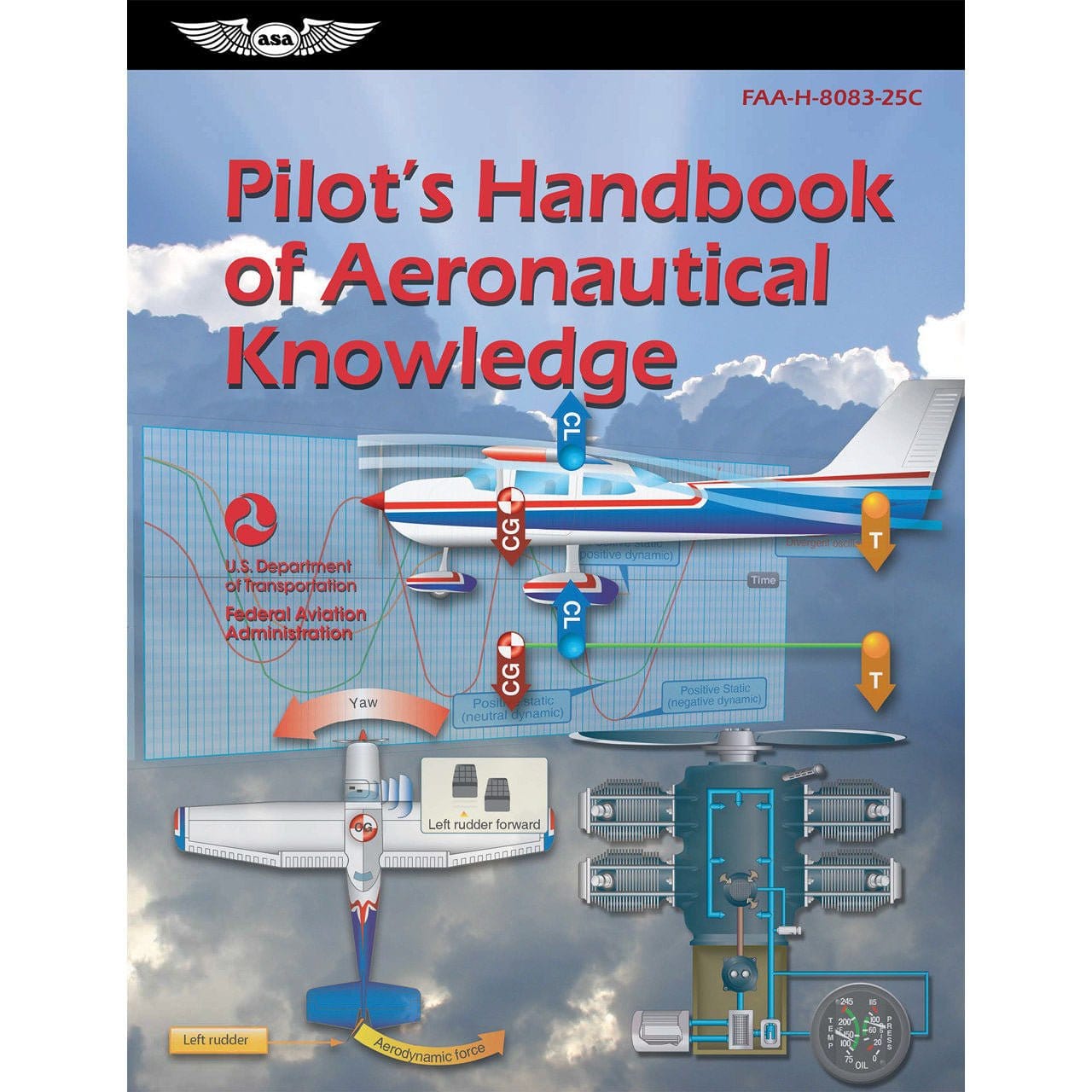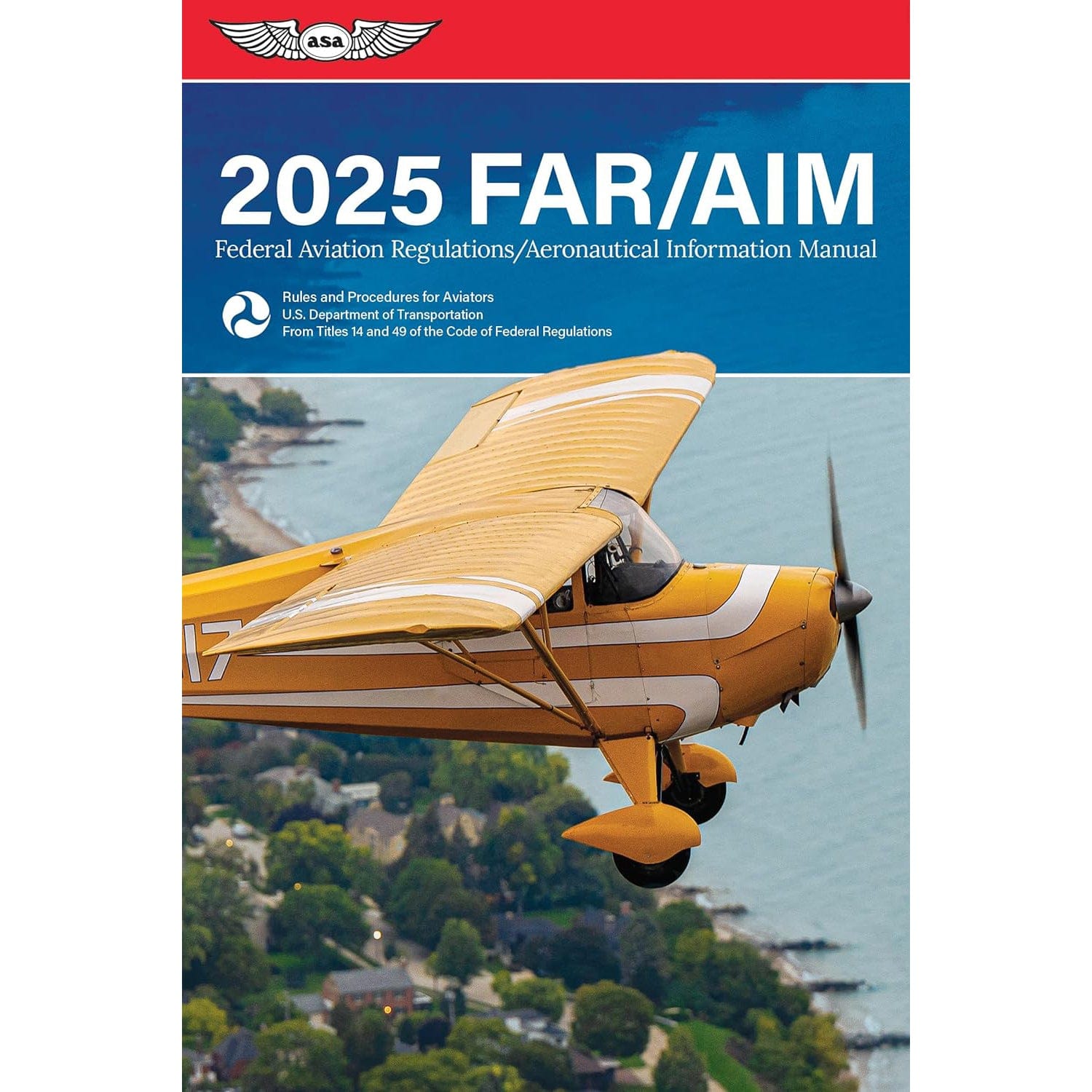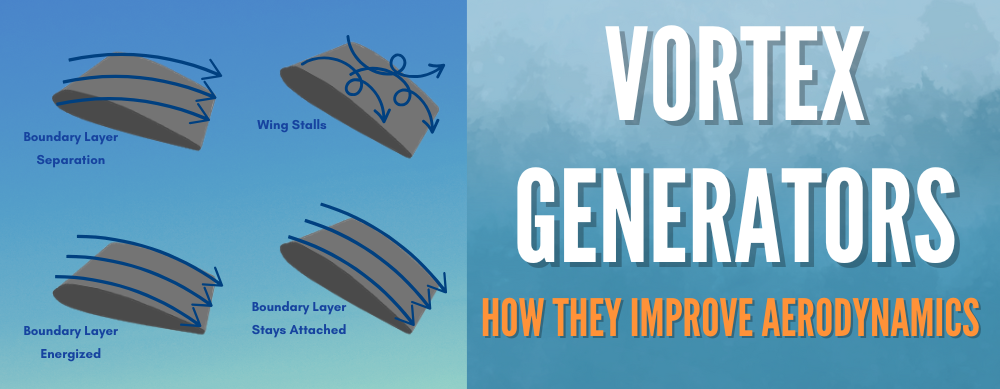You're checking your METARS and TAFs when suddenly you encounter a word you might be unfamiliar with: "SPECI". But knowing what SPECI reports are is very important for pilots. SPECIs are issued whenever attention-worthy changes happen, like a sudden drop in visibility or a sharp shift in wind direction.
Come along, because in this article, we'll explain exactly what a SPECI is and what exactly it means for you as a pilot.
SUMMARY
-
SPECIs provide updates on significant weather changes.
-
These updates help pilots during flight operations.
-
SPECIs complement METAR reports by providing mid-hour updates as needed.
-
Triggering criteria include weather conditions like low visibility, sudden wind shifts, and rapid changes in atmospheric pressure.

What is a Special Weather (SPECI) Report?
So, what is a SPECI? A SPECI (Special Weather Report) is an unscheduled weather update that is issued when there are notable weather changes (like a change from VFR to IFR) that take place between the regularly scheduled METAR reports.
How is SPECI Different from METARs?
The main difference between SPECI and METAR are that METARs are issued every hour, regardless of changes. SPECI are special weather reports that can be issued whenever there are considerable weather changes that pilots need to be aware of.
To sum it up: METARs provide a broad snapshot of weather conditions, but SPECIs help pilots receive critical updates as soon as conditions change.
Who Issues SPECI Reports?
If you're wondering who issues SPECIs, it is the FAA’s Flight Service that provides METAR and SPECIs that tell the airport weather conditions through both automated weather stations and manual observations.
ASOS (Automated Surface Observing System) or AWOS (Automated Weather Observing System) stations handle weather reporting at most airports. But at larger or more complex airports, there might be some human observers who step in to verify or adjust reports when the automated system detects report-worthy weather changes.
If you're wondering about the difference between METARs and SPECIs you can look up an airport using the ICAO (International Civil Aviation Organization) four-letter code on the Aviation National Weather page and see the aviation routine weather reports along with SPECIs.
Here is an example METAR vs. SPECI:
-
METAR KRFD 011657Z AUTO 25015G30KT 210V290 3/8SM R32L/1000FT FG BKN005 01/M01 A2984 RMK A02 SLP034
-
SPECI KRFD 011715Z 25015G30KT 210V290 3SM BR BKN015 01/M01 A2984 RMK SLP034
In this example, the SPECI report is saying:
-
Visibility improved from 3/8 SM to 3 SM.
-
Fog (FG) lifted, now classified as mist (BR).
-
Ceiling improved, broken clouds moved from 500 ft (BKN005) to 1500 ft (BKN015).
-
Wind speed and pressure remained the same.

What Causes a SPECI to Be Issued?
SPECIs are triggered by specific changing weather conditions. The FAA's criteria for SPECI outlines several weather events that require an immediate update.
Sudden Visibility Changes
They will issue out a SPECI if:
-
The visibility ends up dropping below 3, 2, 1 statute mile, or if there are other vital approach minimums.
-
The visibility improves above these thresholds after is was previously reported lower.
Wind Changes & Wind Shear
Changes in the wind or wind shear can affect the issuance of SPECI.
-
A wind shift of 45° or more takes place within 15 minutes, with speeds of 10 knots or more.
-
Wind gusts are exceeding the mean speed by at least 10 knots.
-
Wind shear has been detected at or near an airport.
Precipitation & Weather Events
A SPECI can also be issued when considerable weather events happen, like the formation or dissipation of thunderstorms, tornadoes, or waterspouts.
It can also apply to when hail, freezing precipitation, or ice pellets begin, end, or change intensity, as well as during the development of snow squalls or other sudden, intense precipitation events.
Ceiling & Sky Condition Changes
Another situation where SPECIs can come out are when the ceiling forms, dissipates, or crosses 3,000, 1,500, 1,000, or 500 feet, or when a cloud layer or cloud cover appears below 1,000 feet if no lower clouds were previously reported.
Runway Visual Range (RVR) Drops
Another key situation involves if the RVR falls below 2,400 feet or improves past that threshold within 10 minutes.
Volcanic Activity or Other Critical Events
You can also expect a SPECI when a volcanic eruption is reported, or an aircraft mishap occurs, or any other condition or weather phenomena that is deemed critical by the observer.

Regulatory Requirements for SPECI
Let's get into regulations! Both the FAA and NOAA regulate SPECI reporting through their established guidelines.
Now, according to FAA Order JO 7900.5E, the SPECI criteria must be met and then generated immediately following any qualifying weather event.
Automated vs. Manual Reporting
Automated weather stations like ASOS and AWOS issue SPECIs automatically based on sensor data, but they definitely aren’t perfect. Some conditions, like when there is low-level wind shear or tornado formation, can slip past automation.
But this is where human observers take the center stage—meteorologists manually issue SPECIs when needed to make sure there is accuracy and they can catch weather changes that the sensors might be missing out on.

How Pilots Use SPECI
It's important to understand how exactly pilots can use these SPECIs to make either changes to their flight plans or important decisions in general.
Pre-Flight Planning
Before departure, pilots usually will check METARs and TAFs (Terminal Aerodrome Forecasts). But the big issue is that these forecasts can be outdated quickly. Checking SPECI means that pilots get the latest weather data.
In-Flight Adjustments
Pilots use these updated reports to:
-
Request alternate routes if thunderstorms or wind shear are reported.
-
Adjust their altitude based on rapid pressure changes.
-
Delay takeoff or landing if the visibility has suddenly drops.
Example Scenario
A pilot preparing for landing checks the METAR report and sees visibility is 10SM. But then a SPECI report issued 20 minutes later shows that the visibility dropped to 1SM because to fog. The pilot now needs to prepare for an instrument approach or divert to another airport.

Frequently Asked Questions
-
What does SPECI mean?
SPECI stands for Special Weather Report, and its an unscheduled update issued when there is a significant change in the weather that pilots should be aware about.
-
What causes a SPECI to be issued?
A SPECI is issued for significant changes in weather, including:
-Visibility dropping below critical thresholds.
-Wind shifts of 45° or more with speeds over 10 knots.
-The onset of thunderstorms, tornadoes, or heavy precipitation.
-Rapid changes in temperature, dew point, or pressure.
-
How often are SPECI generated?
There really isn't a fixed schedule for SPECI. They are issued immediately when qualifying weather changes take place.
-
How are METAR and SPECI reports different?
-METARs are issued every hour.
-SPECI reports are issued only when sizeable weather changes occur.
-
Can pilots rely solely on METAR reports?
No. the issue is that METARs are issued hourly, so they can easily become outdated quickly. Pilots should always check for SPECI reports to stay up-to-date on real-time weather conditions.

|
ASA Aviation Weather HandbookAll pilots deal with weather. They must learn to appreciate good weather; to recognize and respect marginal or hazardous weather; and to avoid violent weather. Recognizing these weather patterns and making the appropriate decisions are critical to the successful outcome of all flights. This book discusses each aspect of weather as it relates to aircraft operation and flight safety. |
Takeaway
The main thing to remember is that METARs, TAFs and SPECIs all have their part in your flight planning process. be sure even during your flight to stay ahead with situational awareness and keep track of any SPECIs that could be issued during your flight.
Interested in Aviation Weather?
Our guides are designed to help!
Did you find this article helpful?
Do you think we missed an important interview question? Let us know in the comments below!








